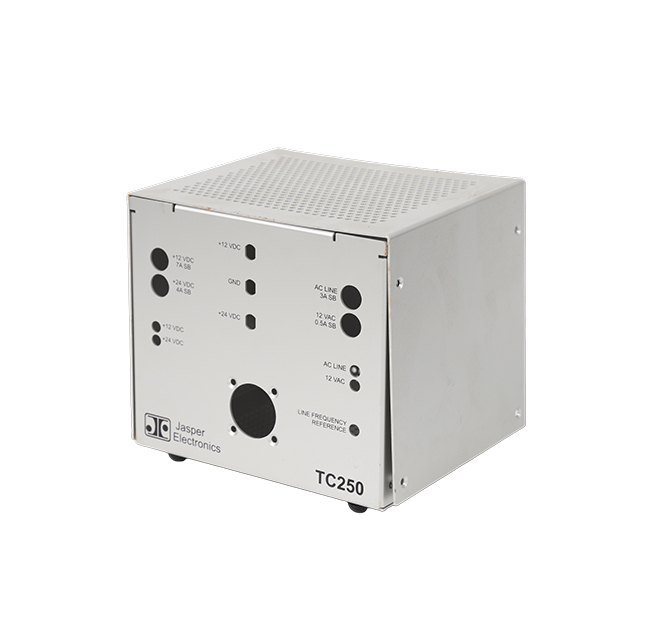Time:2025-06-12 Views:0 source:CNC Machining customization source:CNC Machining news

Calculating the sheet metal bending angle accurately is essential for achieving the desired shape and dimensional accuracy in sheet metal fabrication. One of the fundamental methods is based on the neutral axis concept. When sheet metal is bent, the inner side of the bend is compressed, and the outer side is stretched, while the neutral axis in the middle experiences no change in length.
To calculate the bending angle, first, the bend allowance needs to be determined. The bend allowance is the additional length that needs to be accounted for due to the bending process. It is calculated using the formula: BA = (π/180) × (R + K × T) × θ, where BA is the bend allowance, R is the inside bend radius, T is the thickness of the sheet metal, θ is the bending angle in degrees, and K is the K - factor (a constant that depends on the material and the bending process, typically ranging from 0.3 to 0.5).
Once the bend allowance is known, the flat pattern length of the sheet metal can be calculated. For a simple L - shaped bend, if the lengths of the two straight sections are L1 and L2, the flat pattern length L = L1 + L2 - BA. To find the actual bending angle during production, measurement tools such as angle gauges or digital protractors are used. These tools can directly measure the angle of the bent sheet metal.
In more complex bending scenarios, such as multiple bends or irregular shapes, 3D modeling software can be extremely helpful. Software like SolidWorks or AutoCAD allows designers to input the material properties, bend radii, and other parameters, and then it automatically calculates the bending angles and flat pattern lengths. Additionally, these software tools can simulate the bending process to identify potential issues such as interference or incorrect angles before actual production, saving time and reducing waste.
Read recommendations:
Sealing ring Precision electronic parts
Housing components for recessed downlights Precision electronic parts
Oval Magnetic Hardware Precision electronic parts
CNC Machining Dimension Accuracy
CNC processing factory - Meeting customers' strict requirements for precision